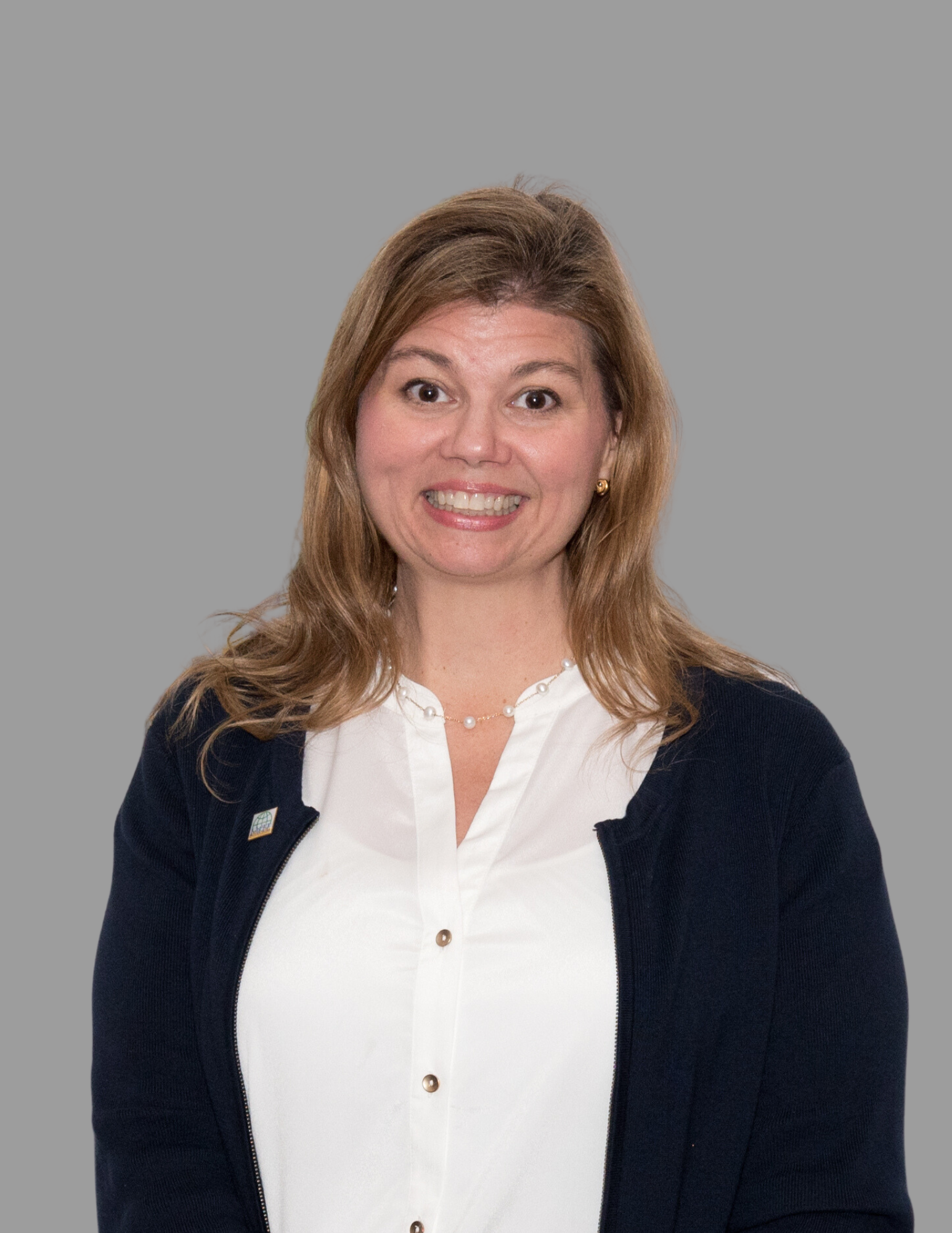

Connecting Makerspaces to the Curriculum |
Participate and share : Poster
Stephanie Thompson Dr. Tammy Seneca Lacy Behl
"Making" outside of the curriculum certainly has value. But to have the most meaning, students need to be engaged in making that connects to the learning happening in their core subjects. This session will give you tools to connect making to curriculum.
| Audience: | Curriculum/district specialists, Teachers, Technology coordinators/facilitators |
| Skill level: | Beginner |
| Attendee devices: | Devices not needed |
| Participant accounts, software and other materials: | none |
| Topic: | Innovative learning environments |
| Grade level: | PK-5 |
| Subject area: | STEM/STEAM |
| ISTE Standards: | For Educators: Learner
Innovative Designer
|
The purpose of this session is to provide educators with standards-based lesson ideas that require students to use critical and creative thinking and digital tools to plan and manage the engineering design process.
Objectives:
-Participants will be able to correlate STEAM project lessons with the Next Generation Science Standards.
-Participants will be able to correlate technology tools, such as Scratch, Makey Makey Kits, Tinkercad, 3D Printers, Stop Motion Animation, and Google Expedition Research with specific Next Generation Science Standards.
We will show detailed lesson agendas (which guide students in their research and engineering design process) via Google Slides. We will also show evidence of success of the lessons by demonstrating student products, such as...
-Makey-Makey musical instruments programmed with Scratch which focus on 4th grade electricity standards
-Stop-motion animation videos which demonstrate constructive and destructive forces
-Rube Goldberg Machines which focus on 2nd grade standards about selecting appropriate materials for an intended task
-Biomimicry projects which focus on 1st grade standards about mimicking plant and animal parts to solve a human problem
-Game boards which focus on 3rd grade standards about diverse life cycles
At the poster session, we plan to showcase the following:
-Google Slide Lesson Agendas that guide students through the engineering design process for each challenge-based activity
-Samples of student design notebooks that show student progress through the steps of the engineering design process: Imagine, Plan, Create, Try It, Improve, and Share.
-Samples of student-created products:
-Makey-Makey musical instruments programmed with Scratch which focus on 4th grade electricity standards
-Stop-motion animation videos which demonstrate constructive and destructive forces
-Rube Goldberg Machines which focus on 2nd grade standards about selecting appropriate materials for an intended task
-Biomimicry projects which focus on 1st grade standards about mimicking plant and animal parts to solve a human problem
-Game boards which focus on 3rd grade standards about diverse life cycles
Next Generation Science Standards:
https://www.nextgenscience.org/
ISTE Standards for Educators:
https://www.iste.org/standards/for-educators
Schwarz, C. V., Passmore, C., & Reiser, B. J. (2017). Helping students make sense of the world using next generation science and engineering practices. Arlington, VA: NSTA Press, National Science Teachers Association.
Guide to Implementing the Next Generation Science Standards. (2015). National Academies Press.
National Science Teachers Association:
http://www.nsta.org


Stephanie Thompson is a Technology Facilitator for West Baton Rouge Parish Schools in Louisiana. As an experienced educator, she provides instructional leadership as teachers integrate technology into their classes. Having a Master’s Degree in Curriculum and Instruction, she is equipped to provide teachers with the tools they need to give their students deep learning experiences. She has presented at ISTE, TCEA, FETC, NSBA, LACUE, and other conferences. She is an ISTE certified educator. She is an active member of the technology community in the state of Louisiana and serves as the secretary for the LACUE (ISTE Affiliate) organization.


Tammy Seneca, Ph.D. is the supervisor of information systems and educational technology for West Baton Rouge Parish Schools in Port Allen, Louisiana. She guides teachers in the successful use of technology as a tool for rigorous and relevant curriculum, and oversees the district’s movement toward 1:1 computing, technology professional development and curriculum development, using a combination of SAMR and Webb’s Depth of Knowledge. Seneca holds a doctorate in educational theory, policy and practice, with a concentration in edtech, from Louisiana State University. She’s an active member of the tech community in the state of Louisiana and serves as a board member and president of the Louisiana Association of Computer Using Educators (LACUE).

Talk Techie To Me: Technology Tips and Tricks for School Librarians
The Perfect Blended Lesson